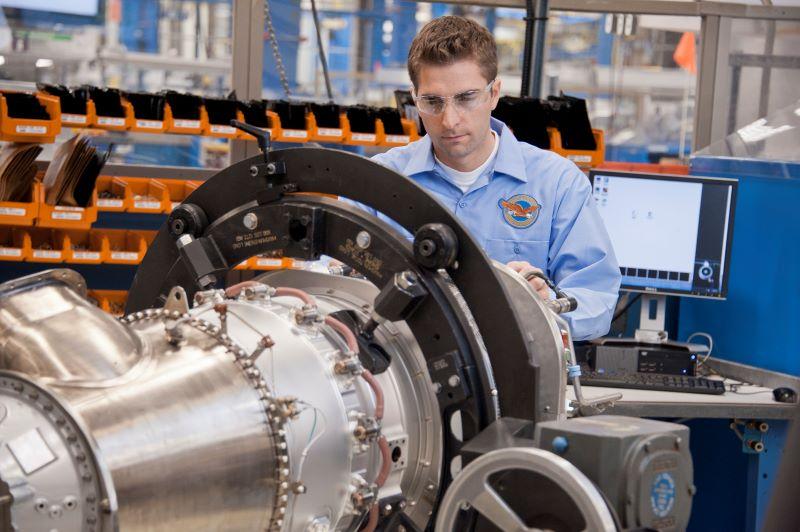Daily Memo: MRO Providers See Labor, Material Shortages As Biggest Threats To Growth

Credit: Pratt & Whitney
As the peak mid-year travel period winds down amid threats of economic recession in many major markets, some airline-industry watchers are growing concerned that big-picture demand trends are shaping up as near-term threats. If it’s any consolation, aftermarket service providers are not there—at...
Subscription Required
Daily Memo: MRO Providers See Labor, Material Shortages As Biggest Threats To Growth is published in Aviation Daily, an Aviation Week Intelligence Network (AWIN) Market Briefing and is included with your AWIN membership.
Already a member of AWIN or subscribe to Aviation Daily through your company? Login with your existing email and password
Not a member? Learn how to access the market intelligence and data you need to stay abreast of what's happening in the air transport community.

